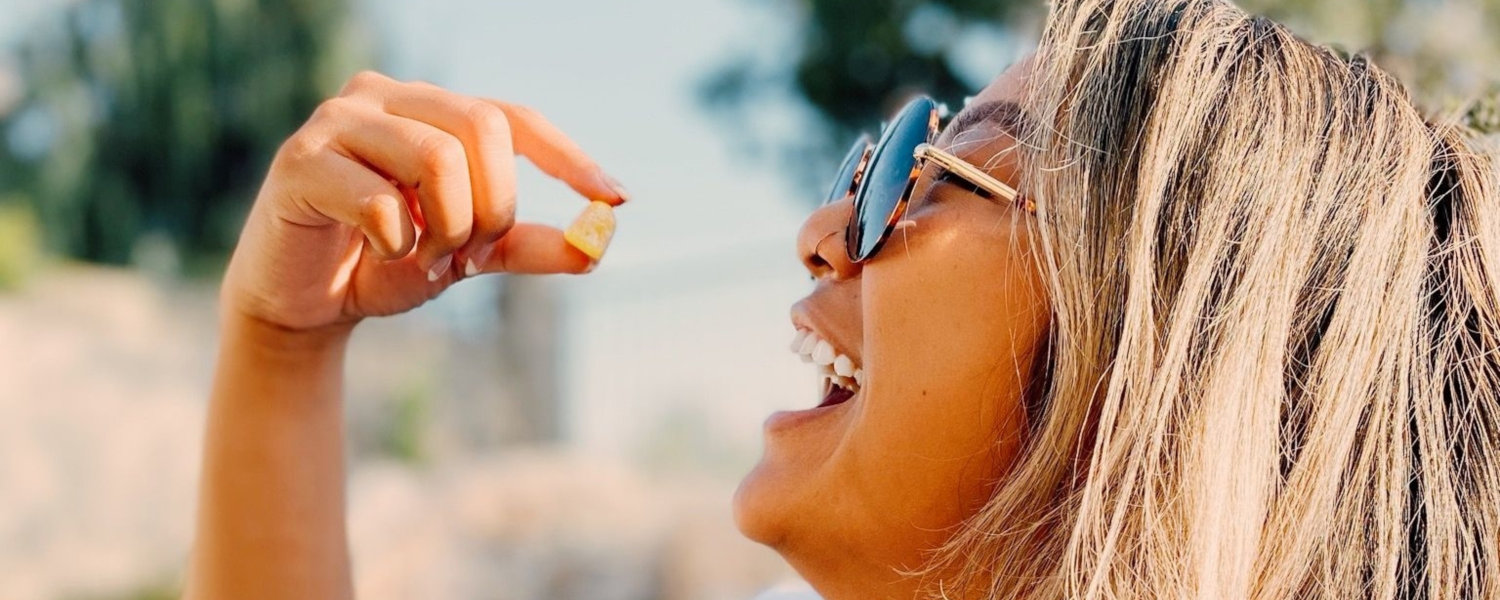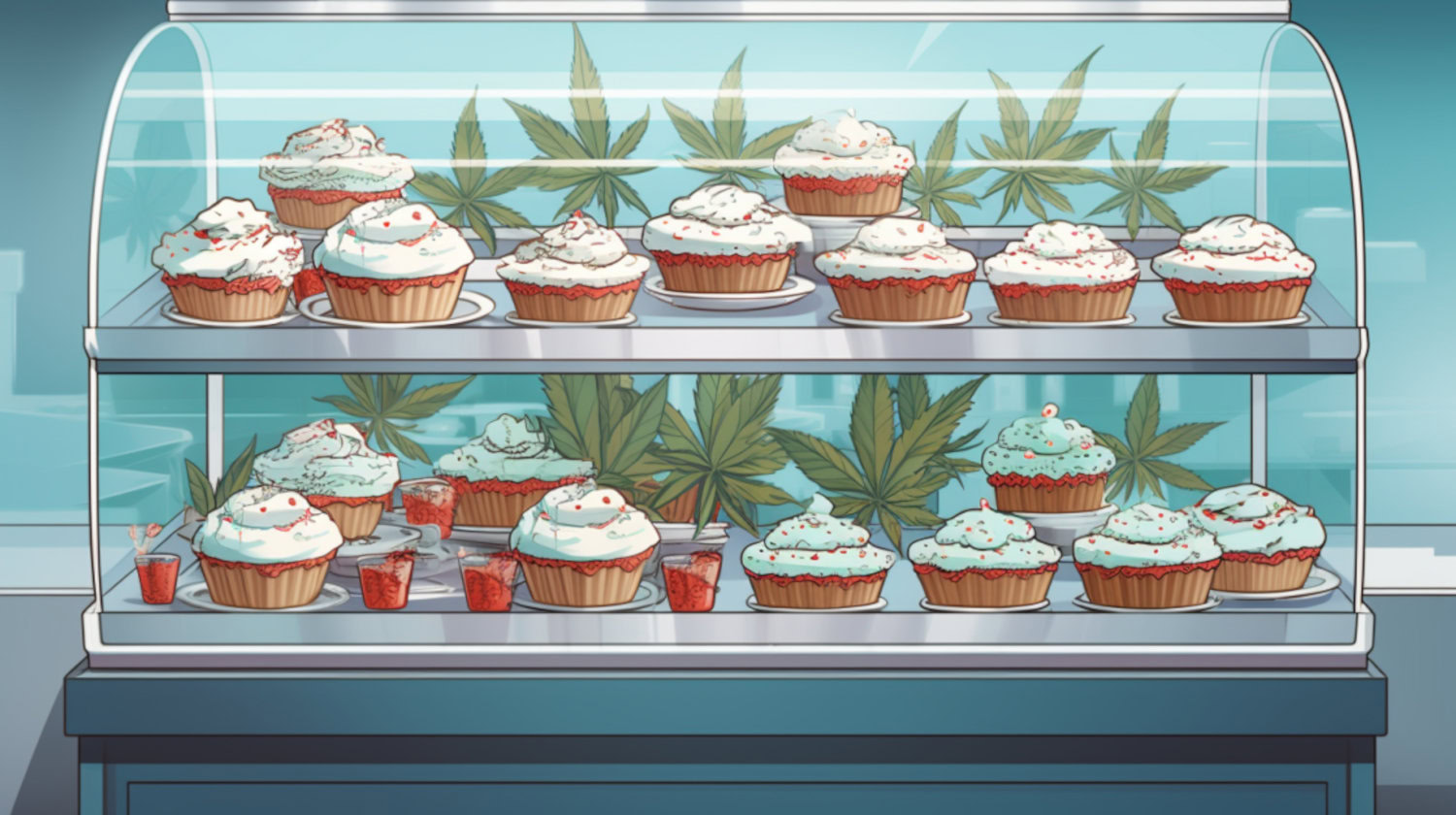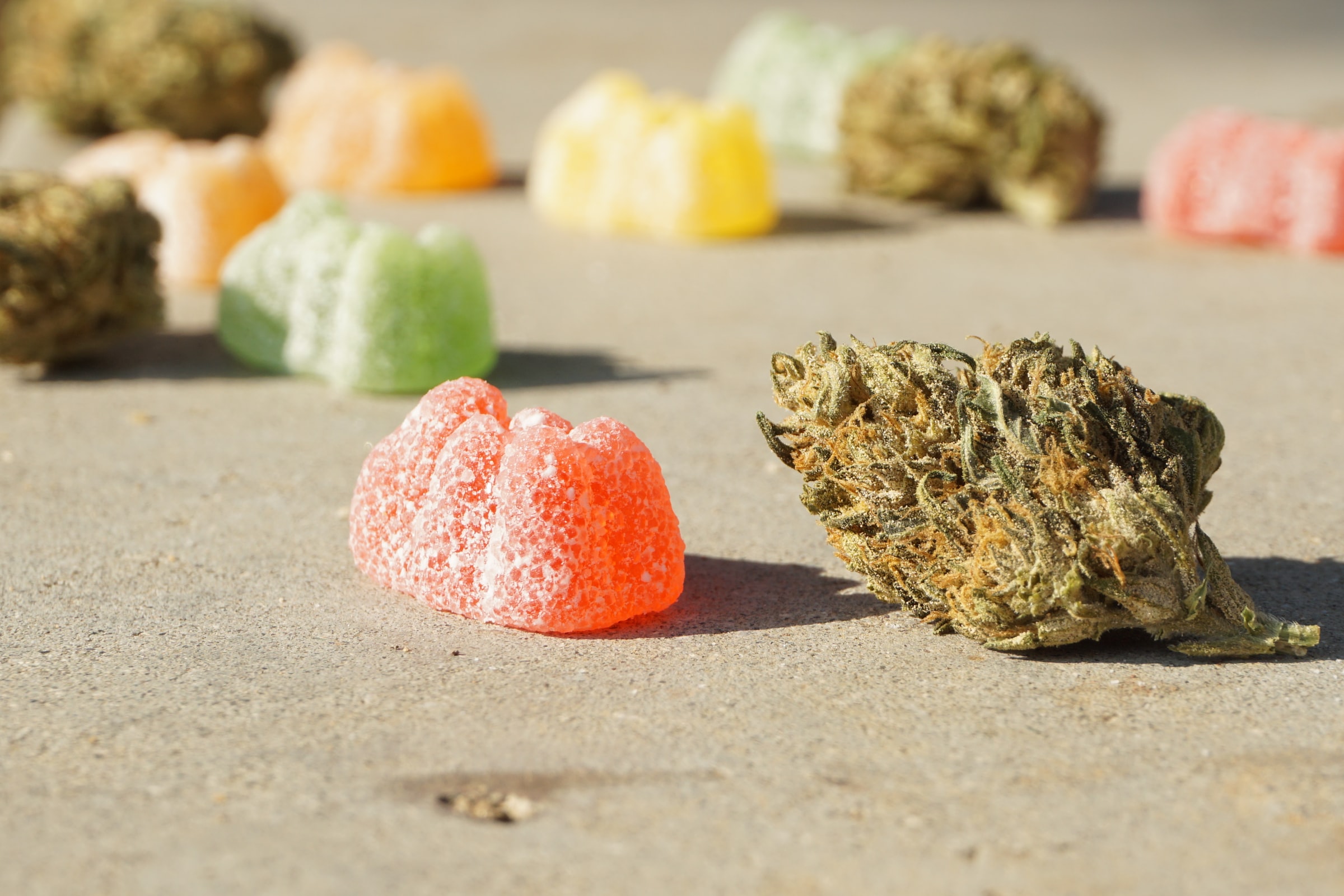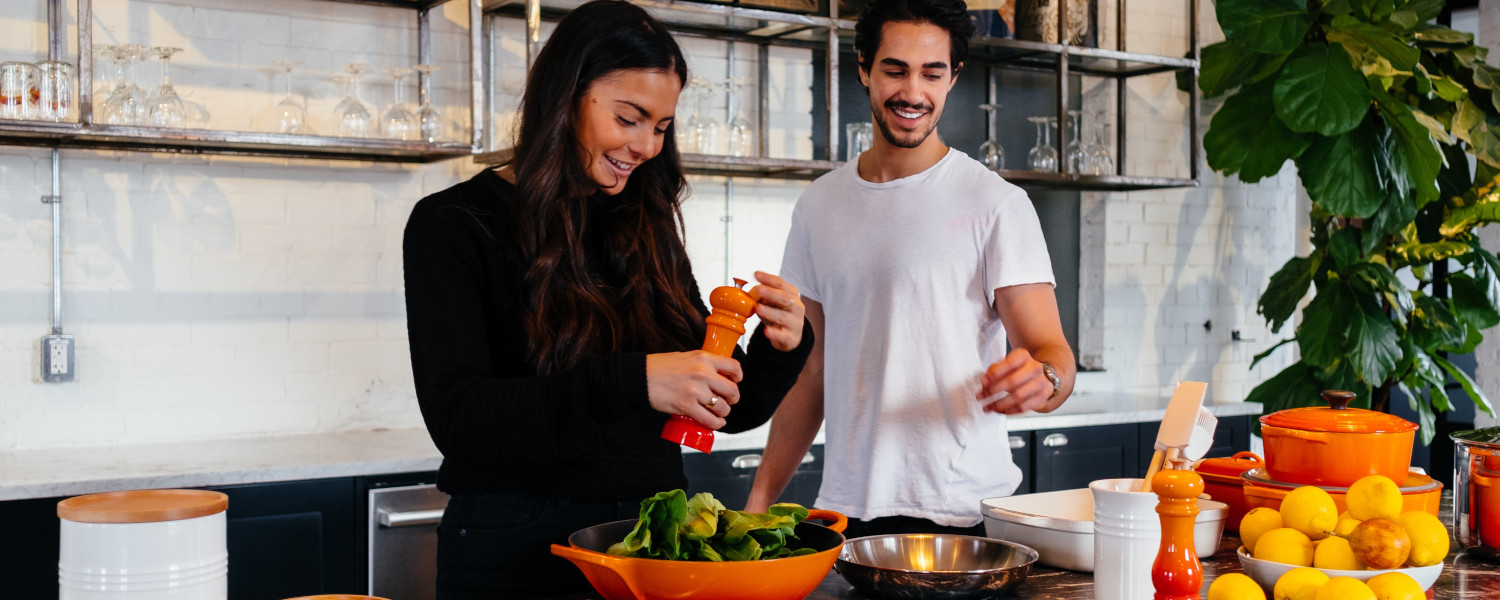There are multiple different ways to consume cannabis, but edibles are a favorite among people looking for a long-lasting or smoke-free high.
While many potential benefits are associated with edibles, knowing what dosage is right for you can be difficult. And because the effects of edibles take longer to set in compared to smoking, some people overestimate how much they can handle, which can result in a negative experience.
It can be an overwhelming and distressing experience when you've had too much THC, but it has happened to most consumers at one point or another. Thankfully, there are steps you can take to manage and recover as you come down from an overwhelming high. Let's explore some of the ways that you can cope with a bad edible experience.
How Long Do Edibles Last?
There are a lot of different factors, such as your individual metabolism and your chosen cannabis product, that can affect how long an edible high will last. In general, most intoxicating effects from edibles last between 6 and 8 hours.
There isn't a definitive way to say how long the THC from edibles remains in the bloodstream. However, many consumers notice the beginning effects within 30 minutes to 2 hours of consuming an edible.1
Some effects of edibles include:
- Feeling relaxed
- Increased appetite
- Lowered inhibitions
- Induced sleep
- Reduced pain
- Faster heart rate
Edible effects may peak at about 3 hours, but this can depend on your tolerance level, hydration, and even how much you've eaten or slept that day. Because of this, it's typically recommended that you wait a full 2 hours before taking another edible dose, even if you weren't initially feeling any effects from your first dose. If you don't know how you respond to edibles or what the right dosage is for you, it can be easy to underestimate the effects and take another edible too soon.
Everyone’s edible experience is unique. Someone's weight, experience, specific product used, dosage, and environment can all impact an edible experience. When it is a doubt, play it safe and wait a little bit longer before taking another bite.
Like most consumable products, edibles also have a shelf life. So be sure to take note of the expiration date before you take a bite!
Top Five Ways To Recover From Edibles
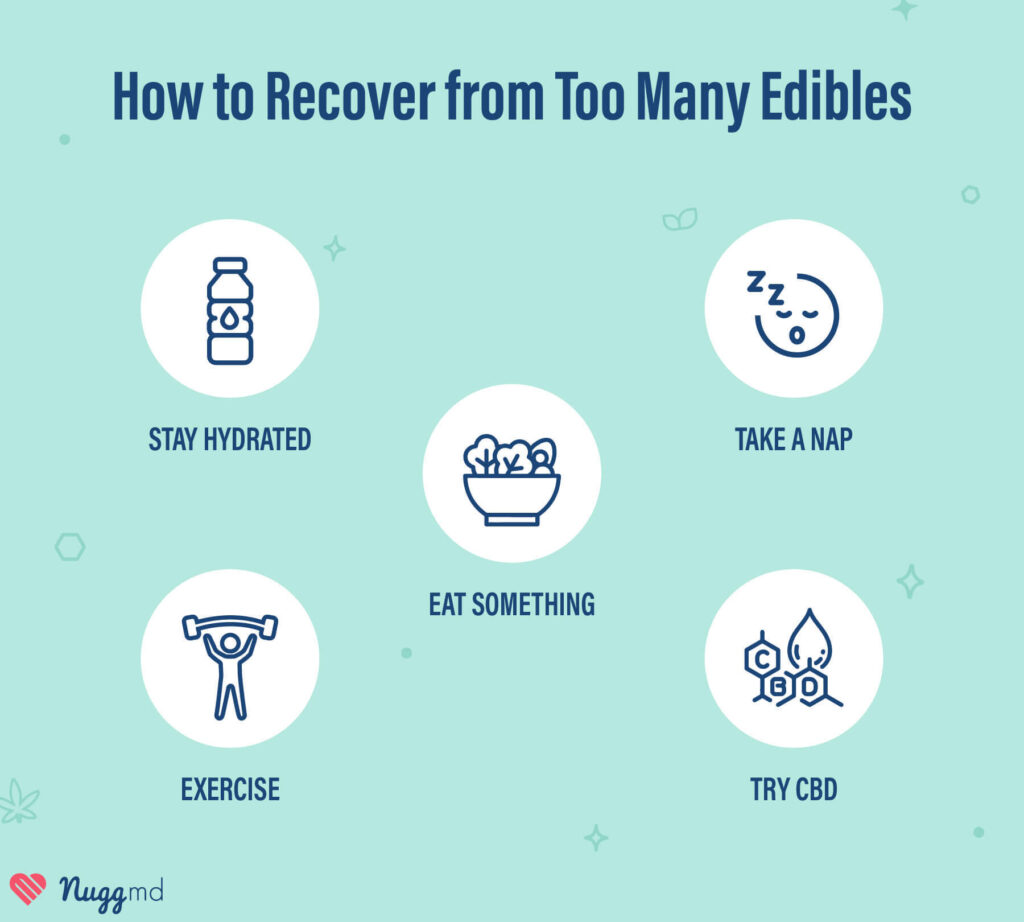
If you've experienced feeling" too high" and are wondering how to recover from edibles, you've come to the right place. Consuming too much THC can result in feeling anxious, nauseous, and paranoid, but rest assured that those feelings are temporary.2 The effects of THC will go away with time, but there are a few things you can do to lessen the adverse effects and feel balanced again as quickly as possible.
Learning how to sober up from edible cannabis products can provide you with peace of mind, so let's dive into some options.
Stay Hydrated

Consuming water before and during a high can help you manage symptoms and flush the THC out of your system.
It can be challenging to drink water when you're feeling nauseous, but you'll thank yourself later. Consider Gatorade, Nuun, or coconut water if water doesn't sound appealing. If your stomach is upset, an herbal tea or cucumber juice can be a great way to restore balance, reduce nausea, and make sure you're getting the nutrients you need to feel better.
If you think you may have taken too many edibles, but the effects haven't yet, it's a good idea to be proactive and increase your water consumption.
While drinking liquids is important, thinking about your food is also essential. Consuming salty foods can lead to faster dehydration, so think about what's on your plate and how it might affect you.
Remember that the goal is to hydrate, hydrate, hydrate!
Have Something To Eat (Without THC)
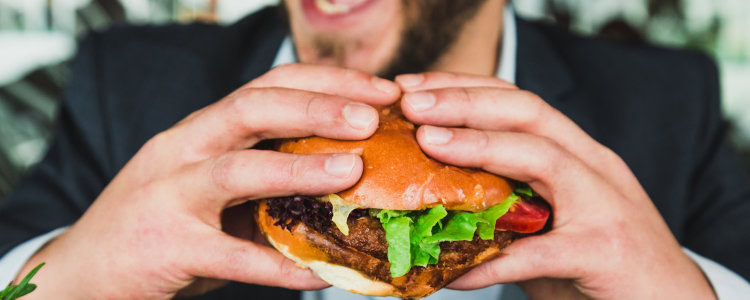
Food can play a significant role in how your body responds to edibles. This may seem obvious, but if you're feeling adverse effects from cannabis, it is best to stay away from foods with THC in them.
While it can be tempting to eat unhealthy options while you're high, you're probably going to feel better if you choose clean, healthy foods. Opting for options like fruits, nuts, and foods high in carbohydrates can help" soak you" the cannabinoids and allow your body to cycle them out of your system naturally.
If you tend to feel nauseous after taking edibles, you may want to consider your food routine prior to getting high. You'll be less likely to feel nauseous if you have a full stomach, so try to eat something (preferably something high in protein) before consuming an edible.
Beneficial foods to consider:
- Guacamole
- Frozen yogurt (a healthier alternative to your favorite tub of Ben and Jerry's)
- Chicken
- Granola bars
Eating can be a great way to work through the effects of edibles, but there are a few foods you may want to avoid. Some foods, like chocolate and beer, have been reported to increase the effects of THC, and consuming these options could lead to a more extreme high rather than reduced effects.
Exercise
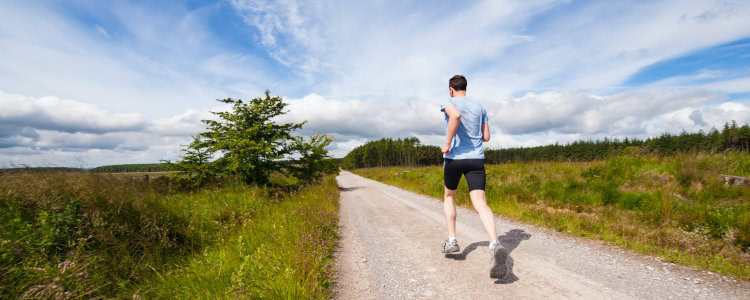
Working out may not seem ideal if you've taken too many edibles, but it can be a great option when your high begins to wear off. Working out can increase energy levels and help you clear your mind, so it can be helpful if you're feeling overwhelmed from consuming too many edibles.
You don't have to do a form of extreme movement to get the benefits of working out, either. Things like yoga and walking can be a great way to help your body regulate itself and restore balance.
While working out can be a great option for some, it's not recommended if you're feeling nauseous or dizzy. Pushing yourself to workout despite these feelings could make you feel worse.
Because you'll most likely not be at the top of your workout game, it's best to stay away from heavy weights and complicated workout equipment. Consider reserving these exercise options when you're sober.
Have A Nap
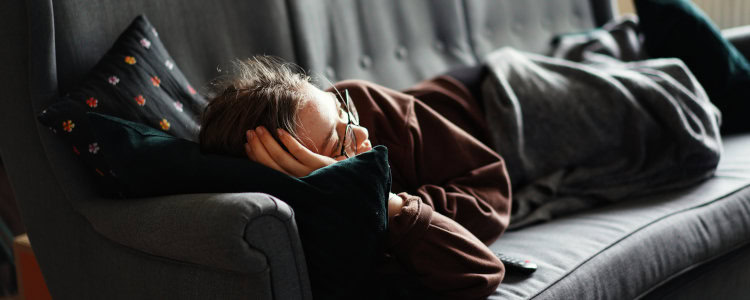
If you've ever had a bad edible experience, grab a pillow and a quiet room for some sack time.
Whether or not you can fall all the way asleep, resting and giving your brain a break from stimulation can help you feel better and reduce negative symptoms.
There are various degrees of "bad" high experiences. If you're experiencing a high on the more extreme side of the spectrum, then taking a nap could be your best option. Many people find that edibles help them sleep better, so it may be easier to fall asleep than expected.
If you know you've taken more edibles than you needed but aren't feeling the full effects yet, consider taking a nap at that point. The goal would be that you would sleep through the most extreme effects.
Going to sleep will never increase the effects of edibles. However, if you've taken a high dose, it's possible you may wake up still intoxicated or feeling slightly foggy (an experience known as a"weed hangover").
Try Some CBD
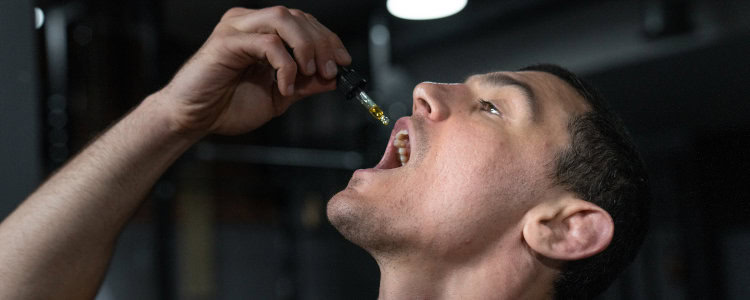
Taking CBD may seem like the opposite thing you'd want to do. Still, when taken in high doses (300mg to 600mg), cannabidiol may have the potential to help alleviate some of the intoxicating effects of THC.3 It's important to note that CBD isn't intoxicating, so even if it doesn't end up reducing your high, it won't worsen the effect you're currently feeling.
CBD has also demonstrated the ability to lessen anxiety and also reduce nausea.4,5
CBD is available in many forms, but edibles are among the most popular choices. When buying CBD edibles, it is essential to check the amount of THC that they contain. You'll want to opt for edibles that have the lowest amount of THC possible.
Know Your Limits (Dosage Amounts)
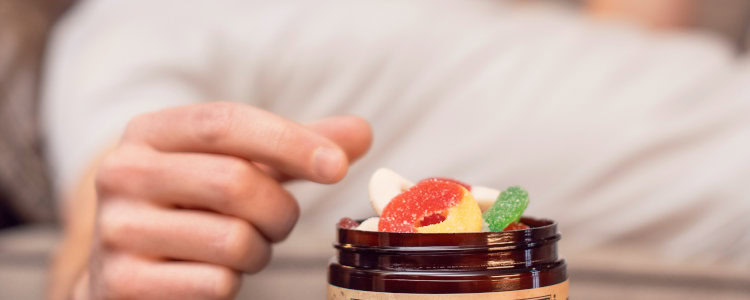
When it comes to avoiding a bad high, knowing what dosage is right for you is essential. If you're new to edibles, it's recommended that you start slowly and note your body's reaction before increasing your dose.
Many dispensary edibles come in doses of 10mg THC, but that doesn't mean you have to consume the whole serving. Consider starting with 2.5mg or 5mg and then wait at least two hours. This will allow you to note the effect you're feeling and decide whether you should consume more edibles.
Edibles will provide a longer-lasting high than smoking and vaping cannabis will, but the effects will also take longer to set in. Many people find that edibles are more potent for them than other consumption methods due to the specific way the body breaks them down.
If you cook your own edibles, an edible calculator is a great way to understand the exact dosage of each serving. Making sure you have an accurate dosage is essential for a pleasant experience, so let the calculator do the math for you, and you'll be on your way to a great high.
What Is Cannabinoid Hyperemesis Syndrome (CHS)?
If you consistently feel nauseous after consuming edibles, there is a chance you're experiencing Cannabinoid Hyperemesis Syndrome (CHS). CHS has only been recently medically recognized. This syndrome is marked by consistent vomiting and typically only manifests in daily cannabis users.6
Symptoms include:
- Intense vomiting
- Abdominal pain
- Reduced appetite
- Dehydration
- Cramping
CHS is not often diagnosed, primarily because it's so rare. By eliminating other conditions, practitioners typically can be confident in their CHS diagnosis, though there are no official tests for this condition.
Final Thoughts
If you've experienced a bad high, you know how alarming it can be. The good news is that there are many steps you can take to cope with adverse effects and get yourself on the mend as soon as possible.
If you find that edibles aren't providing the effects they used to for you, it may be time to take a tolerance break. By stopping cannabis use for some time, you can lower your tolerance.
Edibles are not dangerous when consumed properly. They can provide many benefits, including pain relief, increasing appetite, and inducing sleep. However, finding the right product and knowing what dosage is best for you is essential.
Resources
- MacCallum CA, Russo EB. Practical considerations in medical cannabis administration and dosing. European Journal of Internal Medicine. 2018;49(49):12-19. doi:https://doi.org/10.1016/j.ejim.2018.01.004 ↩︎
- Turner AR, Spurling BC, Agrawal S. Marijuana Toxicity. In: StatPearls [Internet]. StatPearls Publishing; 2023. https://www.ncbi.nlm.nih.gov/books/NBK430823/ ↩︎
- Englund, A., Oliver, D., Chesney, E. et al. Does cannabidiol make cannabis safer? A randomised, double-blind, cross-over trial of cannabis with four different CBD:THC ratios. Neuropsychopharmacol. 2023;48,869–876. https://doi.org/10.1038/s41386-022-01478-z ↩︎
- Sharpe L, Sinclair J, Kramer A, de Manincor M, Sarris J. Cannabis, a cause for anxiety? A critical appraisal of the anxiogenic and anxiolytic properties. J Transl Med. 2020;18(1):374. Published 2020 Oct 2. doi:10.1186/s12967-020-02518-2 ↩︎
- Rock EM, Parker LA. Cannabinoids As Potential Treatment for Chemotherapy-Induced Nausea and Vomiting. Frontiers in pharmacology. 2016;7. doi:https://doi.org/10.3389/fphar.2016.00221 ↩︎
- DeVuono MV, Parker LA. Cannabinoid Hyperemesis Syndrome: A Review of Potential Mechanisms. Cannabis Cannabinoid Res. 2020;5(2):132-144. Published 2020 Jun 5. doi:10.1089/can.2019.0059 ↩︎
The information in this article and any included images or charts are for educational purposes only. This information is neither a substitute for, nor does it replace, professional legal advice or medical advice, diagnosis, or treatment. If you have any concerns or questions about laws, regulations, or your health, you should always consult with an attorney, physician or other licensed professional.

